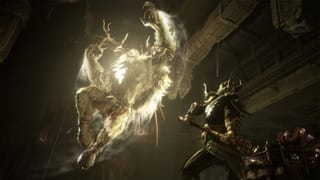Advertisement ・ Go Ad Free
Latest Articles
Previews
-
Jun 14, 2025
Demon Slayer: Kimetsu no Yaiba - The Hinokami Chronicles 2 hands-on preview — Slay demons as your favorite Demon Slayers!


Previews
-
Jun 14, 2025
Blighted hands-off preview — Using the memories of the past to help the present!


Reviews
-
Jun 14, 2025
Cyberpunk 2077: Ultimate Edition for Nintendo Switch 2 review — Night City on the go


Advertisement ・ Go Ad Free











